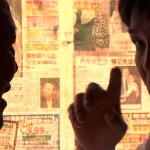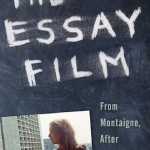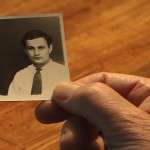Chinese Press: Your Day is My Night in Print and Broadcast
The multimedia performance “Your Day Is My Night” from independent producer and director, Lynne Sachs, the premiere was launched in Chinatown. The film is talking about all sorts of joys and sorrows of new immigrants in the US and several Chinese immigrants performed their own stories in the movie.









